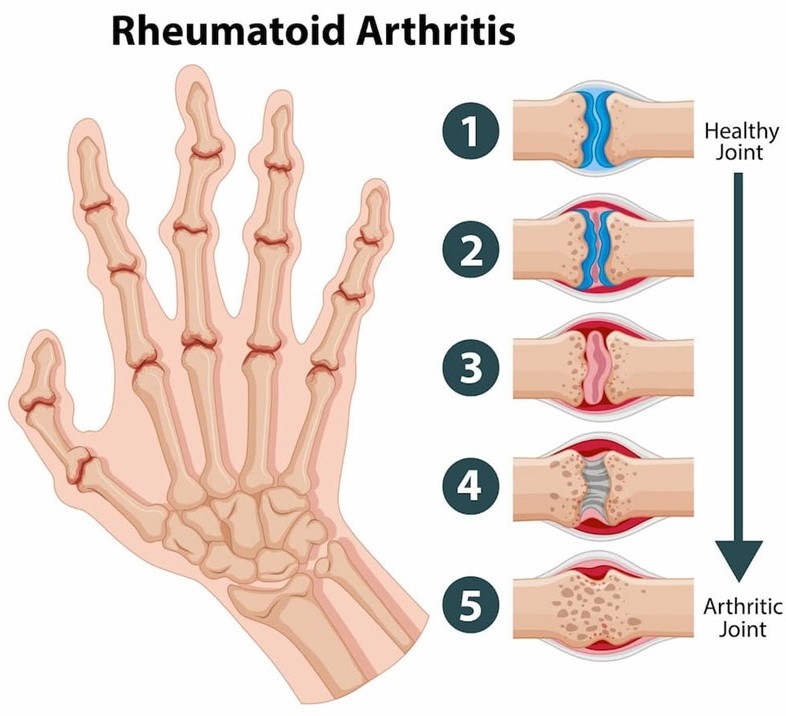Acute myocardial infarction (MI) is the most important and feared consequence of coronary artery disease. Many patients may die within the first few hours of the onset, while remainder suffer from
effects of impaired cardiac function.
ETIOPATHOGENESIS
- Myocardial ischaemia- Myocardial ischaemia is brought about by one or more of the following mechanisms:
i) Diminished coronary blood flow e.g., in coronary artery disease, shock.
ii) Hypertrophy of the heart without simultaneous increase of coronary blood flow e.g., in hypertension, valvular heart disease. - Role of platelets- Rupture of an atherosclerotic plaque exposes the subendothelial collagen to platelets which undergo aggregation, activation, and release reaction. These events contribute to the build-up of the platelet mass that may initiate thrombosis.
- Acute plaque rupture- →Superimposed coronary thrombosis due to disruption of plaque
→Intramural haemorrhage - Non-atherosclerotic causes- MI is also caused by non atherosclerotic factors such as coronary vasospasm, arteritis, embolism, thrombotic diseases, trauma and outside compression.
TYPES OF INFARCTS
Infarcts have been classified as:
1. According to the anatomic region of the left ventricle involved, they are called anterior, posterior (inferior), lateral, septal, and circumferential, and their combinations like anterolateral, posterolateral (or inferolateral) and anteroseptal.
2. According to the degree of thickness of the ventricular wall involved, infarcts are of two types
i) Full-thickness or transmural- when they involve the entire thickness of the ventricular wall.
ii) Subendocardial or laminar- when they occupy the inner
subendocardial half of the myocardium.
3. According to the age of infarcts, they are of two types:
i) Newly formed infarcts called as acute, recent, or fresh.
ii) Advanced infarcts called as old, healed, or organised.

LOCATION OF INFARCTS
The region of infarction depends upon the area of obstructed blood supply by one or more of the three coronary arteries. there are three regions of myocardial infarction-
- Stenosis of the left anterior descending coronary artery is the most common (40-50%).
The region of infarction is the anterior part of the left ventricle including the apex and the anterior two-thirds of the interventricular septum. - Stenosis of the right coronary artery is the next most frequent (30-40%).
It involves the posterior part of the left ventricle and the posterior one-third of the interventricular septum. - Stenosis of the left circumflex coronary artery is least frequent (15-20%). Its involves the lateral wall of the left ventricle.

Reference
Harsh Mohan; Text book of Pathology; 6 th edition; India; Jaypee Publications; 2010.






